1. Evel Knievel
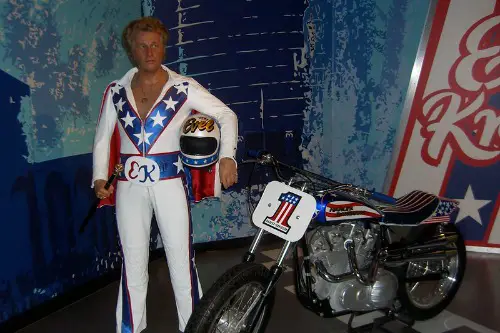
Evel Knievel was the ultimate daredevil, jumping motorcycles over buses, fountains, and even a canyon. Overseas—especially in the UK, Germany, and Australia—he’s still a pop culture folk hero. His image is on T-shirts, his stunts replayed on retro TV channels, and his name used as shorthand for anyone doing something risky. In America, he’s more of a trivia question than an active celebrity.
Abroad, Knievel still represents the fearless, showman side of America that fascinates audiences. He’s remembered for the sheer spectacle of his performances, something that translates universally. Here, that brand of spectacle has been replaced by reality TV daredevils and YouTube stunts. Overseas, though, Knievel still owns the title of original thrill-seeker.
2. Roy Rogers
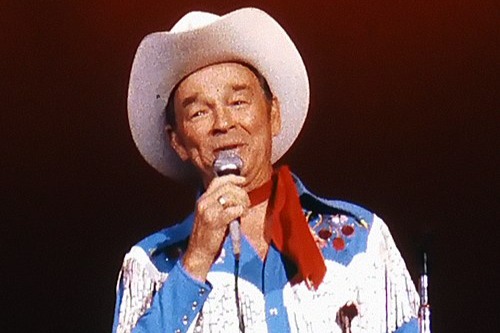
Roy Rogers, the “King of the Cowboys,” was a singing Western star who ruled American screens in the ’40s and ’50s. In the U.S., his name now mainly pops up in history books or oldies radio segments. But in the UK, Australia, and Scandinavia, he still has dedicated fan clubs and film festivals. His wholesome, rugged image captures the romanticized Old West that still has appeal abroad.
For many foreign fans, Rogers represents an America that was clean-cut, heroic, and adventurous. His movies get replayed in niche theaters, and his memorabilia sells for high prices. That love has endured far longer outside the States than here. It’s as if the cowboy never rode off into the sunset overseas.
3. Dale Evans
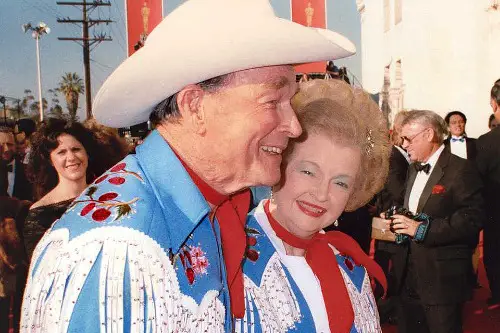
Dale Evans, Roy Rogers’ wife and co-star, was just as iconic in her time. She was a singer, actress, and writer who co-hosted The Roy Rogers Show. While she’s faded from the American spotlight, she’s still part of cowboy pop culture abroad—especially in countries that romanticize mid-century Westerns. Her charm, talent, and partnership with Rogers make her unforgettable to overseas fans.
Abroad, she’s celebrated as both a performer and a symbol of the “cowgirl” ideal. In the U.S., she’s largely remembered only by classic TV enthusiasts. But in certain corners of Europe and Australia, her name still draws recognition. Her legacy is proof that some icons find a second home far from where they started.
4. Ed Sullivan
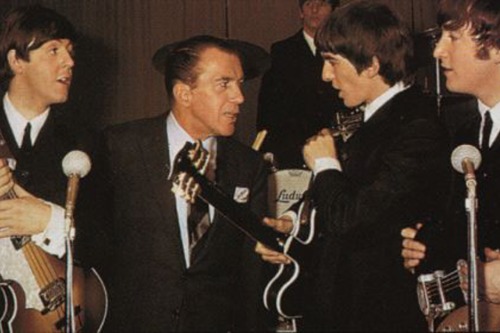
Ed Sullivan hosted one of the most influential variety shows in American history, introducing acts like The Beatles and Elvis Presley. Here, his name is mostly tied to black-and-white TV clips shown in documentaries. But in the UK and Germany, his cultural gatekeeping is still remembered and celebrated. He’s seen as a key figure in bringing American music and culture overseas.
International retrospectives treat Sullivan as a media pioneer. The Beatles’ Ed Sullivan debut remains a staple in European rock history coverage. In America, he’s become more of a historical footnote. Abroad, he’s still “the man who brought the music.”
5. Scott Joplin
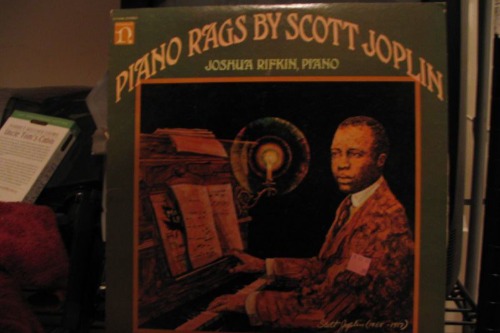
Scott Joplin, the “King of Ragtime,” composed music that defined an era. In the U.S., his tunes are more often found in music textbooks than on playlists. But in Japan and parts of Europe, his works are performed live, studied, and celebrated. He’s seen as a genius who captured a unique moment in American cultural history.
His compositions are taught in conservatories abroad as part of the canon of great composers. Ragtime festivals in places like Hungary and Germany keep his name alive. At home, his popularity peaked in the 1970s revival sparked by The Sting. Overseas, the admiration never stopped.
6. Norman Rockwell

Norman Rockwell painted America’s most wholesome self-image—families at the dinner table, kids playing baseball, small-town life. Today, Americans often see him as quaint or overly sentimental. But in Japan, the UK, and the Netherlands, his paintings draw huge crowds at exhibitions. He’s appreciated as a skilled storyteller of a uniquely American narrative.
Foreign audiences embrace Rockwell as an artist of historical significance. His works are studied for their composition and cultural context, not just nostalgia. Here, he’s often relegated to calendars and museum gift shops. Abroad, he’s treated like fine art royalty.
7. Shirley Temple
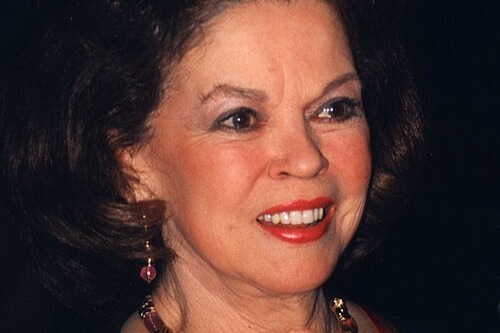
Shirley Temple was America’s biggest child star in the 1930s, brightening the Great Depression with her singing, dancing, and curls. In the U.S., she’s remembered fondly but mostly in passing. Yet in countries like Japan and Brazil, her films still air on TV and she remains a symbol of innocence and resilience. Her image still appears on merchandise and in retro cinema lineups.
International fans admire her not just as an actress, but as a cultural touchstone of optimism. She’s part of a timeless global roster of child stars. In the U.S., she’s more of a nostalgic figure than a current pop culture name. Overseas, she’s a household name for multiple generations.
8. James Dean
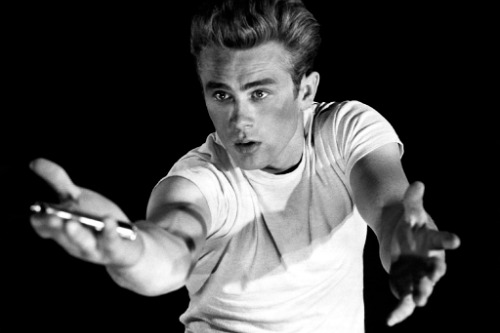
James Dean starred in just three major films before his death, but his brooding, rebellious image became immortal. While Americans know his name, his movies aren’t widely watched anymore. In France, Japan, and Italy, though, Dean is still a fashion and lifestyle icon. His posters and style inspire everything from runway shows to motorcycle culture.
Abroad, Dean embodies the cool, tragic American rebel. His image is studied in film courses and celebrated in pop culture tributes. Here, he’s mostly remembered by film buffs. Overseas, he’s still very much alive in the public imagination.
9. Rita Hayworth
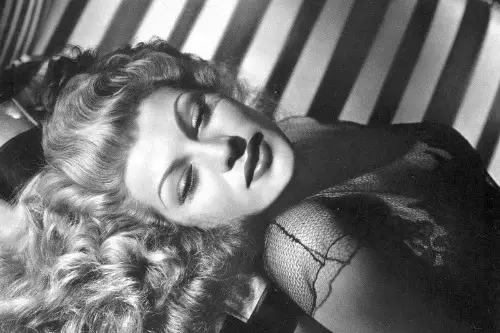
Rita Hayworth was Hollywood’s “Love Goddess,” captivating audiences in the 1940s with her beauty and talent. In the U.S., she’s largely remembered in classic film circles. But in Spain, France, and parts of South America, she’s still an enduring icon. Her films are reissued, and her image graces posters and magazines.
International audiences are fascinated by her mix of glamour and mystery. She’s studied as a symbol of the Golden Age of Hollywood. Here, her fame has faded into niche appreciation. Abroad, she remains a cinematic legend.
10. Fred Astaire
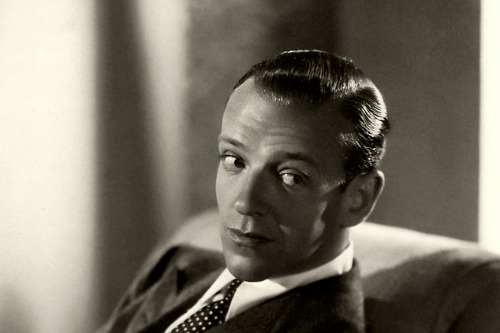
Fred Astaire’s dance numbers with Ginger Rogers defined elegance in motion. In the U.S., his name pops up during classic movie marathons or old Hollywood discussions. But in the UK and Japan, he’s still considered the pinnacle of dance artistry. His routines are taught, analyzed, and imitated by dancers worldwide.
Foreign audiences admire the timeless precision and charm of his performances. Astaire’s influence is kept alive in theater schools and dance competitions abroad. Here, he’s revered but rarely in the mainstream. Overseas, he’s still the gold standard for dance.
11. Audrey Hepburn
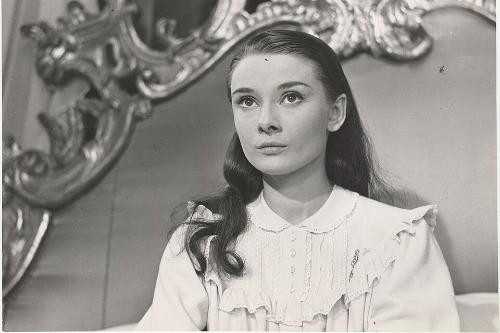
Though born in Belgium, Audrey Hepburn became a Hollywood star and later an American citizen. In America, she’s often reduced to Breakfast at Tiffany’s posters and style quotes. But in Japan, Italy, and South Korea, she’s practically a lifestyle brand. Her films are re-released, and her image dominates fashion spreads.
Abroad, Hepburn is a symbol of timeless elegance and humanitarian spirit. Her UNICEF work is as celebrated as her acting. In the U.S., she’s appreciated but not actively idolized. Overseas, she’s a living ideal in popular culture.
12. Gregory Peck

Gregory Peck embodied moral authority in roles like Atticus Finch in To Kill a Mockingbird. While Americans respect his work, he’s rarely discussed outside of film history. In France, Italy, and Argentina, he’s still celebrated as one of Hollywood’s most dignified leading men. His films are staples in cinema clubs and retrospectives.
Internationally, Peck’s mix of gravitas and charm resonates strongly. He’s viewed as a symbol of integrity and classic Hollywood masculinity. Here, his fame feels archival. Abroad, he remains front-of-mind for classic film lovers.
13. Judy Garland
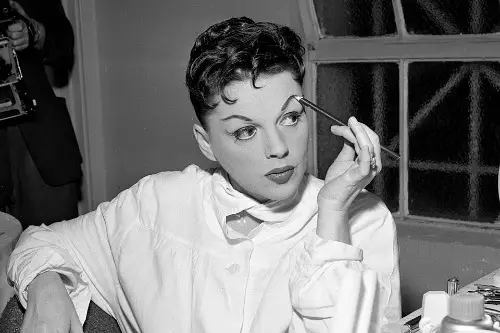
Judy Garland’s voice and charisma made her one of America’s greatest entertainers. In the U.S., she’s best remembered for The Wizard of Oz. Abroad, especially in the UK and Australia, she’s celebrated for her entire career—from concerts to films to her resilience through personal struggles. Her recordings are still played, and tribute shows tour regularly.
Foreign audiences see Garland as both a musical powerhouse and a tragic figure. Her life story adds depth to her enduring appeal. Here, she’s iconic but mostly tied to one role. Overseas, she’s a multifaceted legend.
14. Gene Kelly
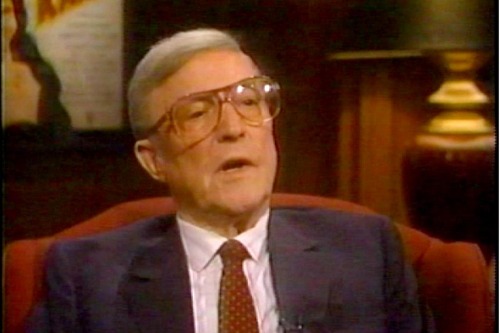
Gene Kelly revolutionized dance on film with his athletic style and charm. In the U.S., he’s respected but mostly remembered by classic movie fans. In France and Japan, he’s still considered the epitome of cinematic joy. His work in Singin’ in the Rain and beyond is celebrated in festivals and screenings.
Abroad, Kelly’s fusion of dance, acting, and directing is studied as groundbreaking. He’s seen as a master who pushed the art form forward. Here, his fame feels historic. Overseas, he’s a cultural treasure.
15. John Wayne
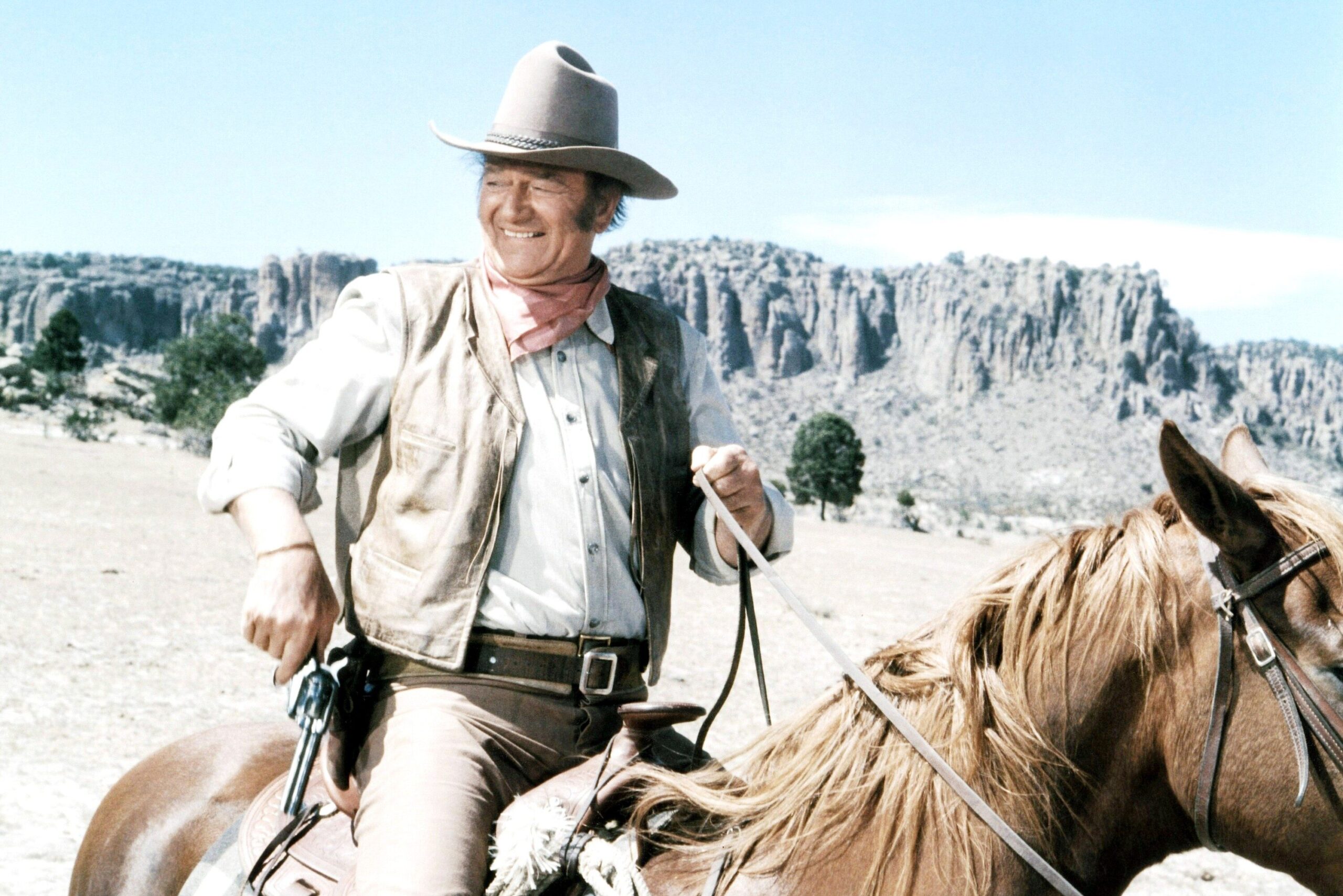
John Wayne was the ultimate rugged American hero in countless Westerns and war films. In the U.S., he’s a polarizing figure—admired by some, criticized by others, and largely absent from younger audiences’ conversations. But in places like Germany, Australia, and Spain, Wayne is still a towering figure of cinematic masculinity. His films are aired on TV and sold in collector’s editions.
Overseas, Wayne represents the classic, larger-than-life vision of America. His swagger and persona have become part of global pop culture. Here, he’s more of a political symbol than a movie star. Abroad, he’s pure Hollywood legend.
This post 15 American Icons That Are Still Famous in Other Countries but Forgotten Here was first published on American Charm.


